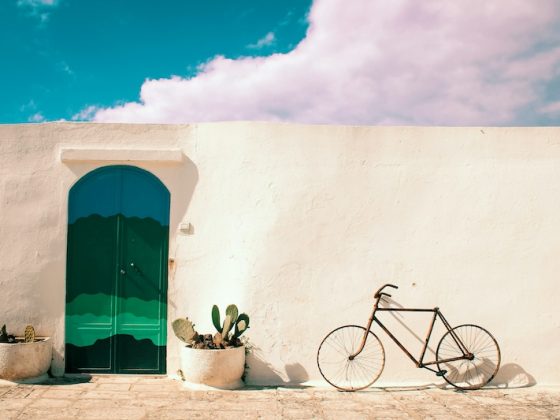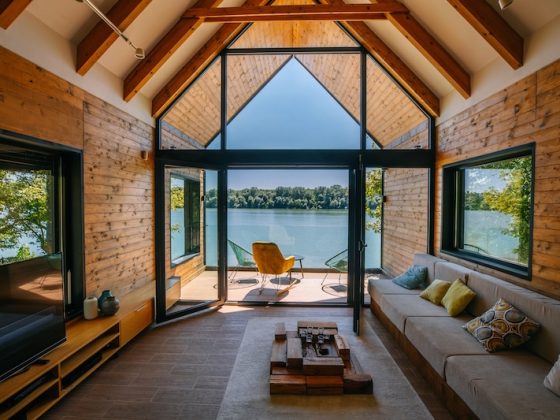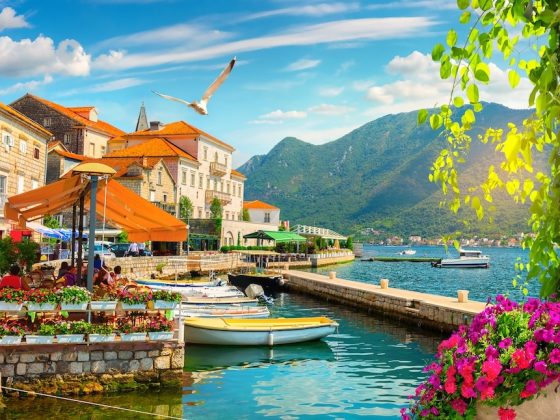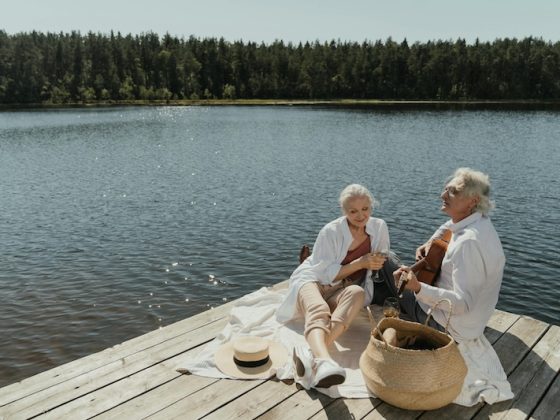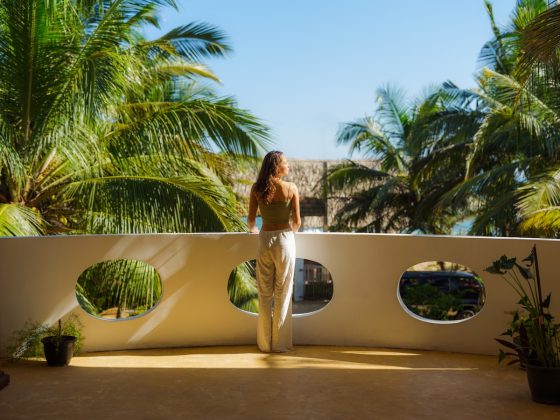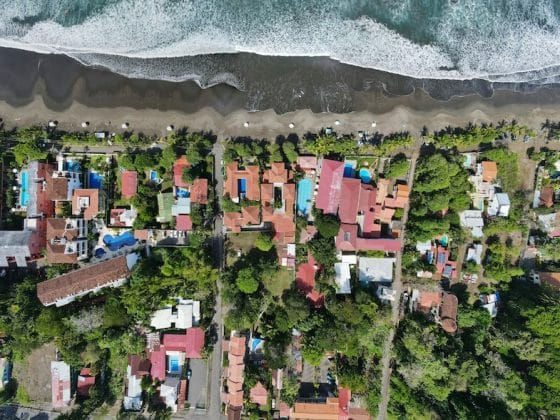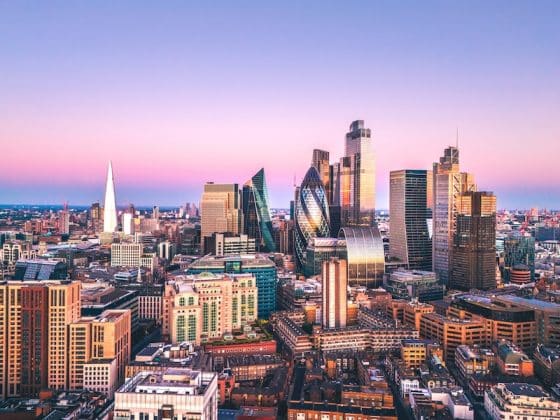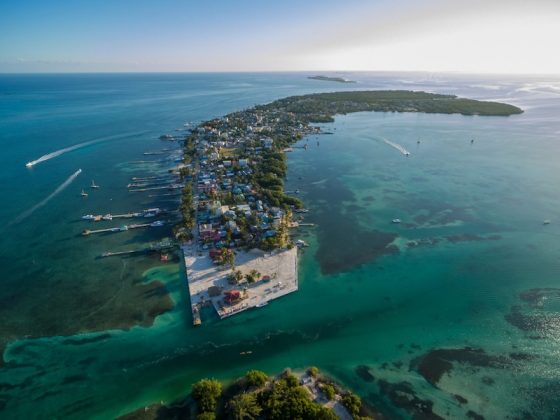Folkloric Dance in Colombia
The Colombian culture is a melting pot of the European, African and Indigenous people. This amazing blend of backgrounds of art, music and dance has created a society full of tradition, whether it be song, music or choreography. Not many cultures can lay claim to such a diverse landscape of customs. It is indeed a landscape because the geographical areas of this country are also defined by their music and dance. From the Llanos or the eastern plains to the coast of the Caribbean to the Andes mountains and on to the Pacific coast, we find a heritage specific to each region.
The port of Cartagena was the main point where hundreds of thousands of African slaves entered Colombia. Until recently one could see and hear some of this cultural birthright performed in the streets by groups such as Cy’ Tambo Colombia.
Cy’ Tambo Muralla
For some reason the institute established to protect culture in Colombia will not issue permit them to dance in the streets, something that groups like this have been doing for centuries. Dance is important in Cartagena, so much so that even different barrios or neighbourhoods have their own dances and/or variation of specific styles.
Dance Group Getsemani, Cartagena
Some people claim that the Cumbia started in Cartagena and that the ”swishing” sound, so characteristic of this music, represents the sounds of the chains of the slaves dancing at the foot of La Popa – at least when they were allowed to dance.
The following video is of Cy’ Tambo
Cy’ Tambo Cumbia
Professional Troupes of Folkloric Dance in Colombia
At a national level two professional troupes have preserved these cultural birthrights in their performances. One of these, the Ballet Folklorico de Antioquia Colombia (BFDA) is located in Medellin. They have a permanent location in El Poblado where they perform regularly when they are not on tour. This is a dynamic group and very highly recommended. http://www.bfda.org/en/ – BFDA
In 1960, the Colombian Ballet was established by Sonia Osorio (1928-2011). This company, as does the BFDA, utilizes the traditional dance styles and rhythms of Colombia in their performances. http://www.balletnacional.com.co – The video embedded into this link demonstrates some of these dances listed below.
La Yonna or Baile de la Chichi Maya or Danza Wayuu
This dance is cultural patrimony of the Wayuu people, an indigenous people from the Guajira region, that were never subjugated by the Spanish. The Yonna is a symbolic ritual containing important elements of this group: peace or solidarity of the community as well as magical, religious beliefs related to the female initiation. Throughout the dance you will see the woman pursuing the man to the sounds of the drums. She is opening and closing the blanket and he is moving backward trying to avoid falling down.
Pasillo Voliao
The Pasillo, meaning small step, is a traditional dance that has existed for at least 200 hundred years. It is a form of a waltz and in fact the Venezuelans refer to their version as ”vals” or waltz. The Pasillo Voliao is a style that originates in the coffee sector of Colombia – ”Eje Cafetero” and the department/state of Antioquia. The city of Aguadas, in the department of Caldas has an annual folk festival called the ”National Fetival of the Colombian Pasillo” – ”Festival Nacional de Pasllo Colombiano”.
Currulao
The word currulao derives from the word cununao which refers to the African drum cununos. This drum plays an important role in the folklore of this region . The dance is a very traditional and traces its birthright to the Africans that were brought as slaves to the Pacific Northwest coast. The choreography reflects themes of love and natural rituals with an interplay of couples flirting with handkerchiefs.
Pasillo Tradicional
This is another version of the Andean folk tradition that became popular in the 19th century. It is a faster variation of the European waltz.
Joropo
In Spanish the word joropo meant party but now it has come to mean a style of music and dance. It is popular on the eastern flat lands of Colombia and Venezuela. It is a dance style similar to the waltz and is typically performed on the cuatro, a small 4 stringed guitar, maracas or capachos and the harp. For more than 40 years, every June, there has been the Joropo International Tournament in Villavicencio featuring songs and dances of this style of music.
Abozao
Originating in the Choco area of the Pacific North, the Abozao is one of the most popular dances of the region. It may be performed in rows of men and women with lots of suggestive movements and abundant footwork.
Sanjuanero
The style of the dance ”Sanjuanero” is a traditional bambuco. This song was first performed in 1936. The traditional choreography for this was created in 1960. ”El Sanjuanero” is associated with the annual folk festival and beauty pageant held every year in the city of Neiva, Huila – Festival Folclorico y Reinado Nacional de Bambuco.
Mapale
It has been said that this dance represents the movements of the Mapale fish out of water or instead the song and dance of the Mapale fishermen in the evening after finishing their day’s journey. The Mapale has its roots in the Pacific and Caribbean coasts and some writers have indicated that it has roots in Angola, Africa. Nonetheless it is an erotic, frenetic, courtship dance between men and women .
Cumbia
The exact origin of the Cumbia is disputed but it did originate in the coastal region of the Caribbean. It is one of the best known dance styles of Colombia and it began as a courtship dance within the population of the African slaves.
Guaneña
This is a traditional song of the area in the south of Colombia now known as the Andean region of Nariño. It may actually have been a war tune and possibly dates back to 1789.
Carnaval de Barranquilla
Forty days before Holy Week, the city of Barranquilla hosts 4 days of the most important folklore celebration in Colombia. The tradition dates back to the 19th century and now has been honoured by UNESCO as a World Masterpiece of the Oral and intangible Heritage of Humanity. The carnival includes dances like the Spanish ”Paloteo”, the African ”Congo” and the Indigenous ”Mico y Micas” and of course the Colombian ”Cumbia”.
Bambuco
Found in the various Andean regions of Colombia, this is a traditional dance of these mountainous areas. Some authors claim that the Bambuco originates in Africa and that the word is taken from a river in Western Africa called Bambuk. Others claim it is Spanish or Chibcha (an indigenous people of the eastern Andes area of Colombia). It is has a typically has a 6/8 or 3/4 meter and is similar to the European waltz.
I hope you enjoyed reading: Folkloric Dance in Colombia. If you have any questions about Colombia please contact our office HERE. Here are some additional articles on Colombia I know you will love!
he Fast Track To Colombian Residency
Four Reasons You Should Retire in Cartagena, Colombia
The Expat Life in Cartagena, Colombia
Contact Author
"*" indicates required fields
Stay Ahead on Every Adventure!
Stay updated with the World News on Escape Artist. Get all the travel news, international destinations, expat living, moving abroad, Lifestyle Tips, and digital nomad opportunities. Your next journey starts here—don’t miss a moment! Subscribe Now!
